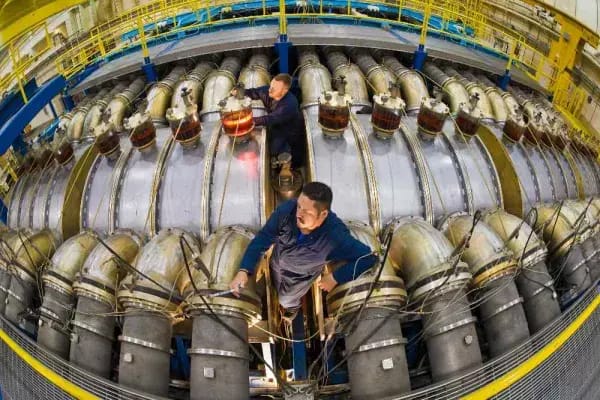As I was scrolling through research lab press releases for a Q&A column, one caught my eye: “Remote High-Voltage Sensor Unveiled at Sandia Gamma Ray Lab.” High voltage is not the sexiest of technology areas, so having worked on it for so many years, I always sit up and take notice on the rare occasions when something about it comes along.

Measuring high voltage accurately, and with reasonable cost, is always a challenging task — and the higher the voltage, the greater the challenge. You have to worry about arcing and sparking anytime you go near high voltage. Sometimes it’s just annoying and sometimes it can get dangerous as I found out from several near misses. Early in my experience, for example, I discovered that a 10,000-volt 1-amp shock across my hand can cause it to turn white and numb.
So, when I read that Dr. Israel Owens and his team at Sandia National Laboratories had come up with a way of measuring, not just thousands of volts, but millions, I knew I had to talk to him.
It turned out that their high voltage measurement problem was one that had been troubling operators of high energy particle accelerators for “multiple decades.” Their solution evolved in a way that I’ve always favored: If there’s a technical problem, toss it around with other people in your organization who might have some ideas.
As Dr. Owens put it, “This all started out as kind of a pie in the sky discussion that I had with a few of my colleagues.”
My guess is that’s much easier to do in a research lab than if you’re working for an OEM. Since a lot of the equipment I designed was for research labs, I got to visit a fair number and I was always impressed with their collegiality. I would get jealous when I saw groups of people standing in a hallway or a conference room tossing around ideas. My working environment, on the other hand, was one of secrecy and competition — we were selling our expertise. I think that’s a big reason why so many of the most creative ideas start in Federal Labs and Universities.
Another noteworthy aspect of this project is that they solved the problem by thinking outside the box. You’re trying to figure out how to measure voltage, an electrical quantity, so you need to do it electrically — right? Actually, wrong — they realized that was not the best way to do it. They finally solved the problem by using an electro-optical device instead, which wouldn’t interfere with the high energy fields in the accelerator.

And their solution will have ripple effects, spawning new applications having little to do with particle accelerators. The sensor could be used to remotely monitor high voltage events as they evolve over time, for example in lightning research, or in monitoring the AC high voltage power grid for voltage transients.
The takeaway for me is that some of the most interesting technological innovations happen when scientists and engineers are free to explore their enthusiasms.
Do you agree? Share your questions and comments below.

